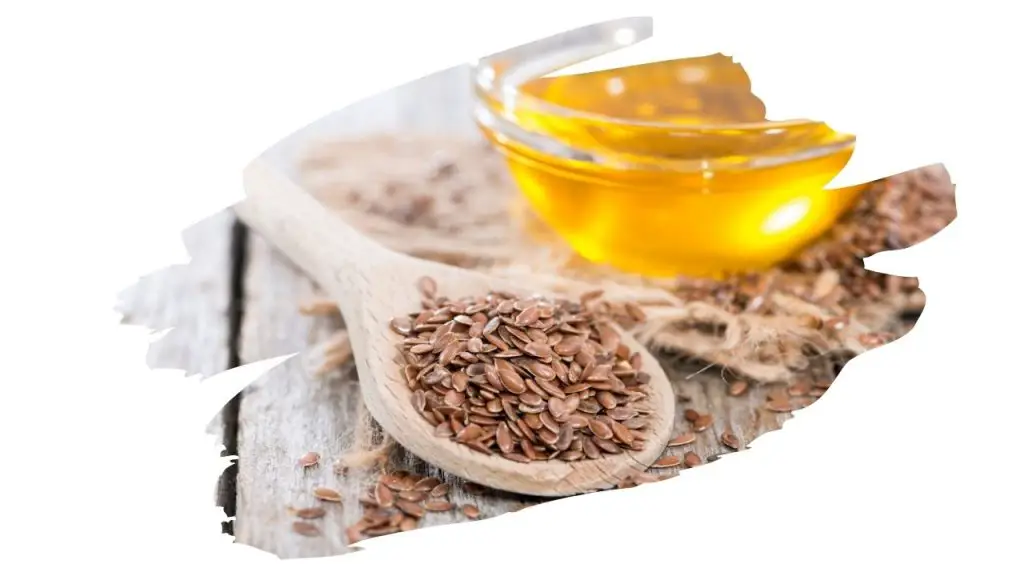So, its been days since you applied that linseed oil coat, and yet it still shows little hope of ever drying.
Well, raw linseed oil is a type of finish that brings a whole new meaning to the term ‘slow drying’.
It can take raw linseed oil around 3 days to dry and evaporate into a non-tacky film. And in cold or humid weather, you can expect it to take much longer.
Which is why it is best to mix raw linseed oil with a drying agent first, before applying it to wood.
But, what if you’ve just applied the raw stuff, and you now need to know how to make linseed oil dry faster?
First of all, wipe off all excess linseed oil, leaving just a thin coat on the surface. Second, let the linseed oil dry in a low humidity yet well-ventilated room. Last of all, turn up the temperature in the room. Higher temperatures help encourage the evaporation process.
Now, other than air and heat, there isn’t much you can do to speed up the drying process of raw linseed oil.
Provided you’ve wiped off all oil overspill, linseed will dry in under a week. While the curing process, (that is the hardening process that happens ‘underneath’ the surface), can take up to 10 weeks.
Still, if your hearts set on using raw linseed, there are a couple of things you can do beforehand to help speed things up. So keep reading to find out more…

This post may contain affiliate links to products that we receive a commission for (at no additional cost to you). Learn more here.
How To Make Linseed Oil Dry Faster? (Best 2 Pre-Application Methods)
Method 1. Use Boiled Linseed Oil
This is the simplest and most straightforward method on the table.
You can create your own quick-drying linseed oil blend, or you can purchase a pre-made product instead. This is where Boiled Linseed Oil (BLO) comes in.
This treated linseed oil alternative dries fast. So fast, in fact, that most molding problems associated with raw linseed oil aren’t even a factor with BLO.
You see, because raw linseed oil dries slowly, fungi has time to nestle in. And this in turn causes mold to thrive on that linseed covered surface.
However, BLO evaporates way too quickly for mold to grow. Plus, there are mildew resistant additives blended into this product as well.
What’s The Difference Between Raw Linseed Oil And Boiled Linseed Oil? The main difference is drying time. Boiled Linseed Oil dries faster because it has drying agents added to it. It also undergoes a super-heated process that oxidizes the oil.
Related Post: Can You Put Epoxy Over Linseed Oil (For A Longer Lasting Finish)?
Method 2. Use A Drying Agent
You can use an oil drying agent (sometimes known as a ‘siccative’).
This method involves thinning out raw linseed oil by mixing it with a solution, such as turpentine.
How Long Does Linseed Oil Take To Dry? It takes a single coat of raw linseed oil around 72 hours to dry. But it can take anywhere from 2 to 10 weeks for it to fully cure (depending on temperature and humidity levels).
Related Post: Can You Mix Linseed Oil With Mineral Spirits? [Best Practice Revealed!]
Linseed Oil Drying Agents (What Can You Use?)
If you want raw linseed oil to dry faster, you will need to add a drying agent to it beforehand.
It is worth noting that a drying agents job isn’t to ‘react’ with linseed oil. Instead, the agent is there to act as an oil thinner.
When you thin out linseed oil it can evaporate more quickly. However, a fast-drying linseed oil doesn’t mean it will cure quickly too.
What Is The Difference Between Drying and Curing? Often used interchangeably, these two states refer to different processes. When oil dries, we are referring to the fact that the solution has evaporated from a liquid into a solid sandable film. However, when oil cures, we are describing the lengthier chemical process it goes through that changes it into a hard durable resin.
So, lets take a look at the two best drying agent choices available;
Linseed Oil And Turpentine
Mixture: 1 Part Linseed Oil and 1 Part Turpentine
A 1:1 ratio will thin out raw linseed oil enough to dry quickly without taking away its protective benefits.
However, now that you will be coating on a thinner oil finish, you should skip over using a brush for application.
Instead, for a more even coat, use a clean cotton rag to apply the finish onto wood.
Also, you should apply this mixture on more thickly than you would otherwise do with just raw linseed oil alone. But still remember to wipe off any excess finish afterward.
Linseed Oil And Mineral Spirits
Mixture: 1 Part Linseed Oil and 2 Parts Mineral Spirit
Use an odorless mineral spirit – such as Klean-Strip’s Odorless product – and mix it into the linseed oil.
You can get the latest prices for Klean-Strip over on Amazon.com
Store this mixture in an airtight container, and let it sit in a cool dry place (away from direct sunlight).
Check the container every 12-24 hours or so, and gently shake it (turning from side to side). This should help encourage the mineral spirit and oil to mix.
It’ll take around 3 days of this for the liquid to mix enough to begin using as a finish.
How Do You Know When Linseed Oil Is Dry? Swipe a clean, dry cotton cloth over a corner spot of the surface. If the cloth remains dry, (and the finish does not feel sticky to the touch), then it is dry enough to begin sanding.
Key Takeaway
There’s just no getting away from it… raw linseed oil is a natural finish that dries at a glacial-pace.
If you’ve already applied a coat of it, all you can do is wait for it to dry (ideally in a warm room with good ventilation).
But, before you add another coat, you can try mixing this oil with a drying agent. That should help speed things up with the next coat.
And personally, if time is a real factor, you are best off using a Boiled Linseed Oil product, rather than the raw deal.
References
https://www.sciencedirect.com/topics/agricultural-and-biological-sciences/linseed-oil
Ulrich Poth, “Drying Oils and Related Products” in Ullmann’s Encyclopedia of Industrial Chemistry, Wiley-VCH, Weinheim, 2002.




